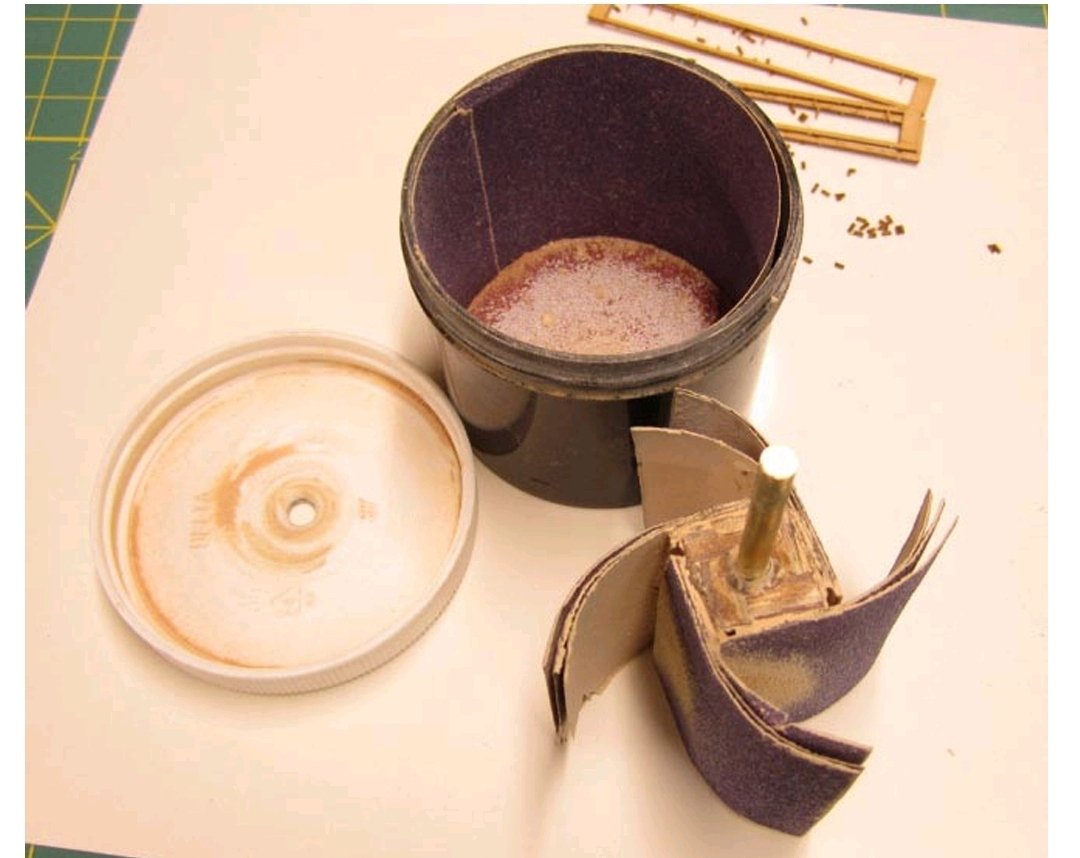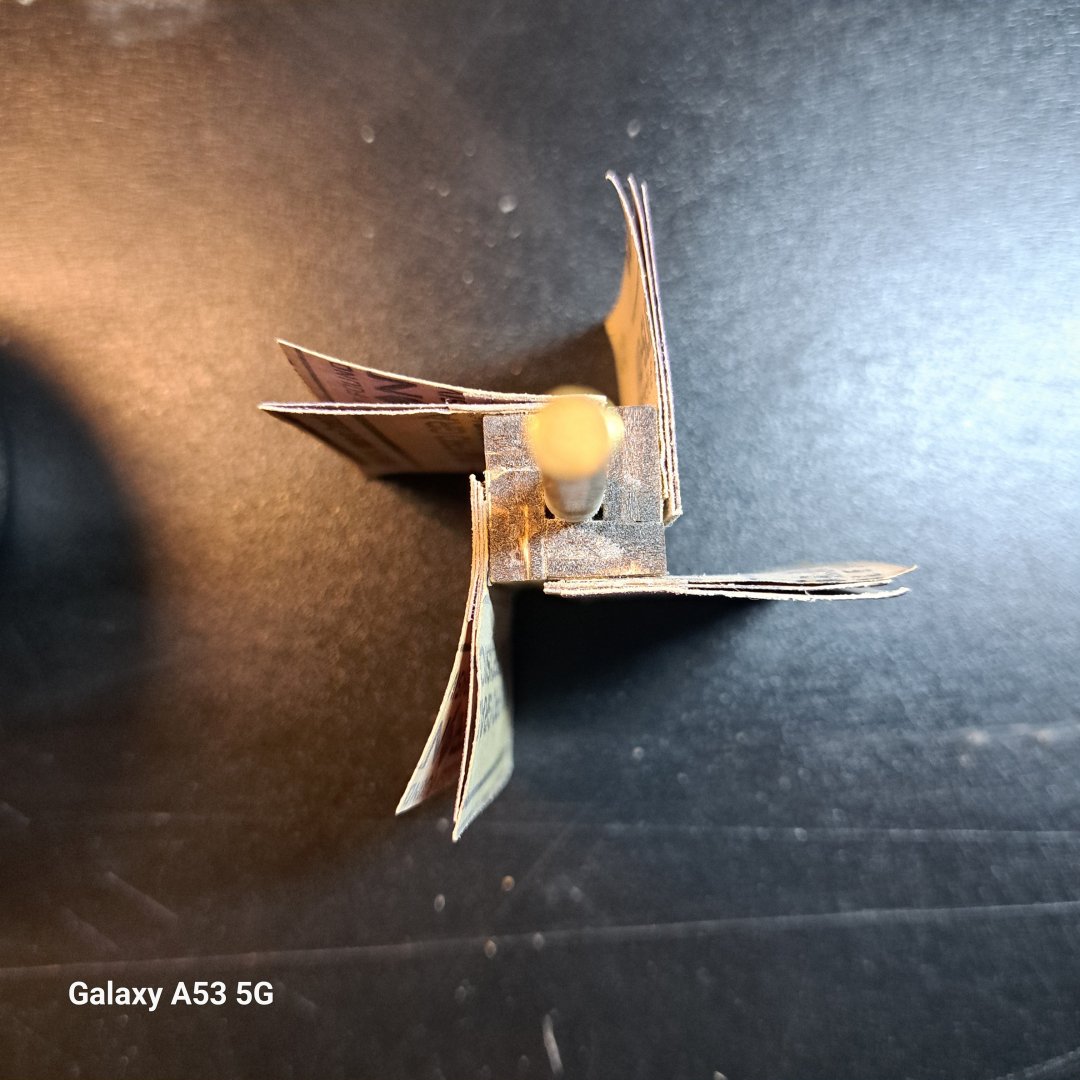-
Posts
1,194 -
Joined
-
Last visited
Content Type
Profiles
Forums
Gallery
Events
Everything posted by CPDDET
-
Welcome aboard! All the help you need can be found here.
-
Welcome aboard!
-

This model is a film prop, but from which film?
CPDDET replied to MadisonU6's topic in New member Introductions
Can't help you but that's an interesting piece. -
Welcome aboard! I'm sure you will find the help you need here.
-
Welcome back! You're not the first to "leave things for awhile" and surely not the last. Mistakes are learning events. Dave
-

1/200 handrails
CPDDET replied to JKC27's topic in Discussion for a Ship's Deck Furniture, Guns, boats and other Fittings
Piano wire? -

Display setting
CPDDET replied to tonyp398's topic in Painting, finishing and weathering products and techniques
Thin brass shims to narrow the slot? . Wide variety of thicknesses available. CA glue to bond the shim to the standoff. -
Welcome to the Zen of model shipbuilding
-
Welcome aboard!
-

Halò from the Highlands of Scotland.
CPDDET replied to Highlander's topic in New member Introductions
Welcome aboard, Highlander! Great people here with lots of knowledge to get you on your way. Dave -
Welcome aboard!
About us
Modelshipworld - Advancing Ship Modeling through Research
SSL Secured
Your security is important for us so this Website is SSL-Secured
NRG Mailing Address
Nautical Research Guild
237 South Lincoln Street
Westmont IL, 60559-1917
Model Ship World ® and the MSW logo are Registered Trademarks, and belong to the Nautical Research Guild (United States Patent and Trademark Office: No. 6,929,264 & No. 6,929,274, registered Dec. 20, 2022)
Helpful Links
About the NRG
If you enjoy building ship models that are historically accurate as well as beautiful, then The Nautical Research Guild (NRG) is just right for you.
The Guild is a non-profit educational organization whose mission is to “Advance Ship Modeling Through Research”. We provide support to our members in their efforts to raise the quality of their model ships.
The Nautical Research Guild has published our world-renowned quarterly magazine, The Nautical Research Journal, since 1955. The pages of the Journal are full of articles by accomplished ship modelers who show you how they create those exquisite details on their models, and by maritime historians who show you the correct details to build. The Journal is available in both print and digital editions. Go to the NRG web site (www.thenrg.org) to download a complimentary digital copy of the Journal. The NRG also publishes plan sets, books and compilations of back issues of the Journal and the former Ships in Scale and Model Ship Builder magazines.






